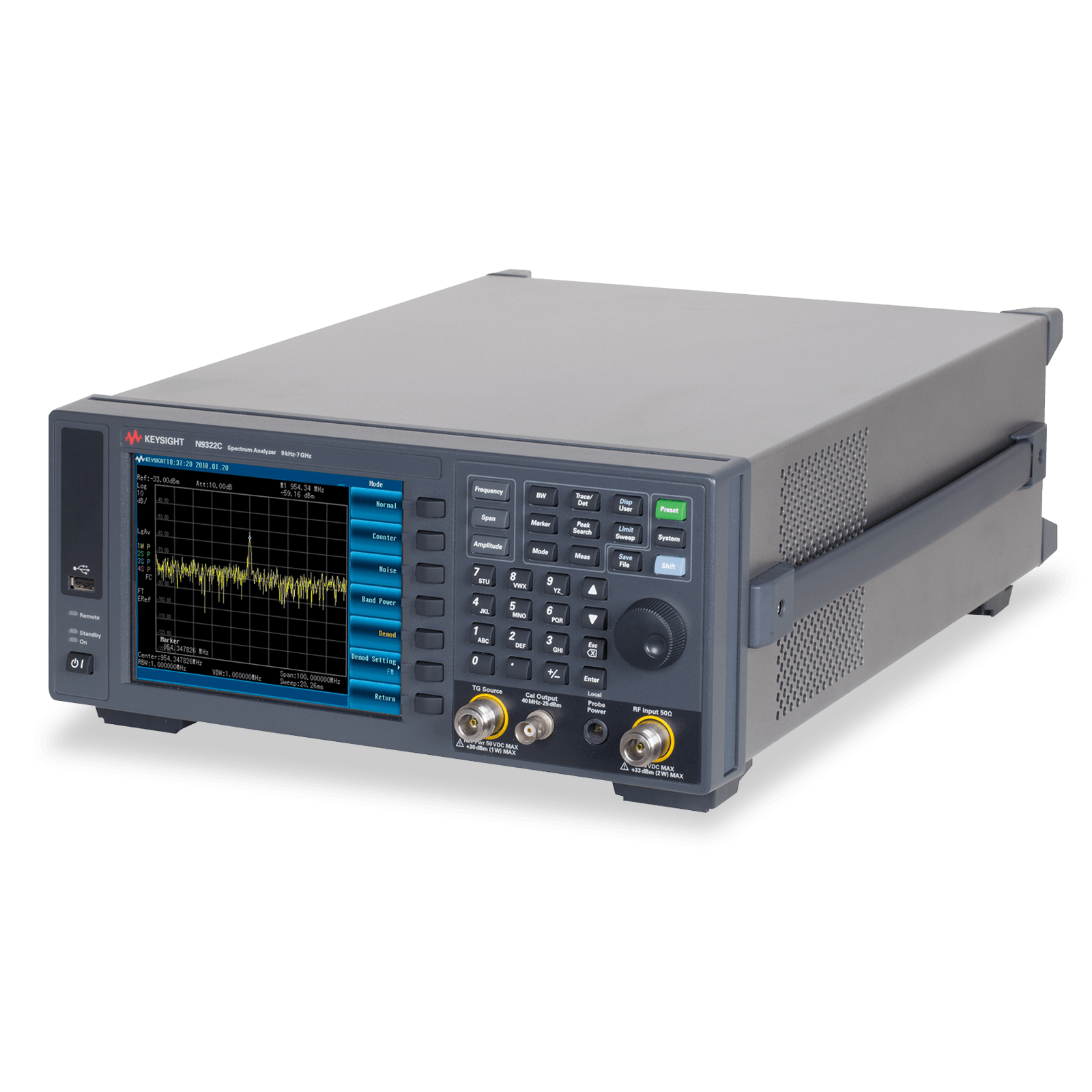
Mastering Time Domain Measurements with Oscilloscopes
Oscilloscopes are indispensable tools for anyone working with electronics. They provide a real-time visual representation of electrical signals, allowing engineers and technicians to analyze waveforms, diagnose issues, and validate designs. However, truly mastering time domain measurements requires more than just hooking up probes and watching waveforms—it demands understanding key features like triggering modes, waveform analysis, and advanced tools such as FFT.
In this blog, we’ll explore how oscilloscopes help you capture and interpret signals accurately and how you can leverage their capabilities for troubleshooting and design validation.
Understanding Waveform Analysis
At its core, an oscilloscope displays voltage signals over time, showing waveform shape, amplitude, frequency, and timing relationships. Key waveform parameters to analyze include:
-
Rise and Fall Times: How quickly a signal transitions between high and low states, critical for digital circuit performance.
-
Pulse Width and Duty Cycle: Important for pulse-based signals and modulation schemes.
-
Amplitude and Offset: Ensuring signals stay within expected voltage ranges.
Careful measurement of these parameters helps diagnose issues such as signal distortion, noise, or timing errors.
Trigger Types and Their Importance
Triggering lets the oscilloscope stabilize repetitive signals so you can capture consistent waveforms. Different trigger types include:
-
Edge Trigger: Most common, triggers when the signal crosses a set voltage level going up or down.
-
Pulse Width Trigger: Useful for capturing glitches or pulses shorter or longer than expected.
-
Video Trigger: Used in TV and video signal analysis.
-
Pattern Trigger: Triggers on a specific logical pattern on multiple channels, essential in digital bus debugging.
Selecting the right trigger type is critical to capturing the waveform section of interest without distortion or jitter.
FFT and Frequency Domain Insights
Many modern oscilloscopes include Fast Fourier Transform (FFT) capabilities. FFT converts time domain signals into frequency domain, revealing:
-
Harmonics and noise sources
-
Interference signals
-
Spectrum of modulated signals
This frequency analysis is invaluable when troubleshooting RF circuits, power electronics, or audio devices.
Typical Use Cases
Oscilloscopes are used in a variety of electronics tasks, including:
-
Troubleshooting: Identifying faulty components, intermittent connections, or noisy signals.
-
Design Validation: Ensuring circuits meet design specifications, timing, and signal integrity requirements.
-
Research & Development: Characterizing new devices or systems for performance optimization.
Oscilloscopes and Accessories at TT Instruments
At TT Instruments, our selection of oscilloscopes & accessories includes models suited for beginners to advanced users. We carry:
-
Digital oscilloscopes with varied bandwidths
-
Mixed signal oscilloscopes (MSOs) for digital and analog signals
-
Oscilloscope probes, current clamps, and waveform generators
Whether you’re outfitting a lab or a service vehicle, our range covers every need.
Harness the Power of Precise Time Domain Measurements
Mastering oscilloscopes is about understanding their features and how to apply them to your unique testing scenarios. Proper waveform analysis, trigger setup, and use of FFT transform your oscilloscope from a simple display tool into a powerful diagnostic and design validation instrument.
Explore our full lineup of oscilloscopes and accessories at TT Instruments and take your measurement capabilities to the next level.
FAQs
1. What is the purpose of triggering on an oscilloscope?
Triggering stabilizes the waveform display by capturing signals at specific events, allowing consistent and clear waveform observation.
2. How does FFT help in oscilloscope measurements?
FFT transforms time domain signals into frequency domain, revealing harmonics, noise, and interference for deeper analysis.
3. What is the difference between a digital oscilloscope and a mixed signal oscilloscope (MSO)?
A digital oscilloscope captures analog signals, while an MSO can simultaneously analyze both analog and digital signals on multiple channels.
4. Can oscilloscopes measure both voltage and current?
Oscilloscopes primarily measure voltage; current measurements require accessories like current clamps or probes.
5. How do I choose the right oscilloscope bandwidth?
Select a bandwidth at least five times higher than the highest frequency component of your signal for accurate representation.


